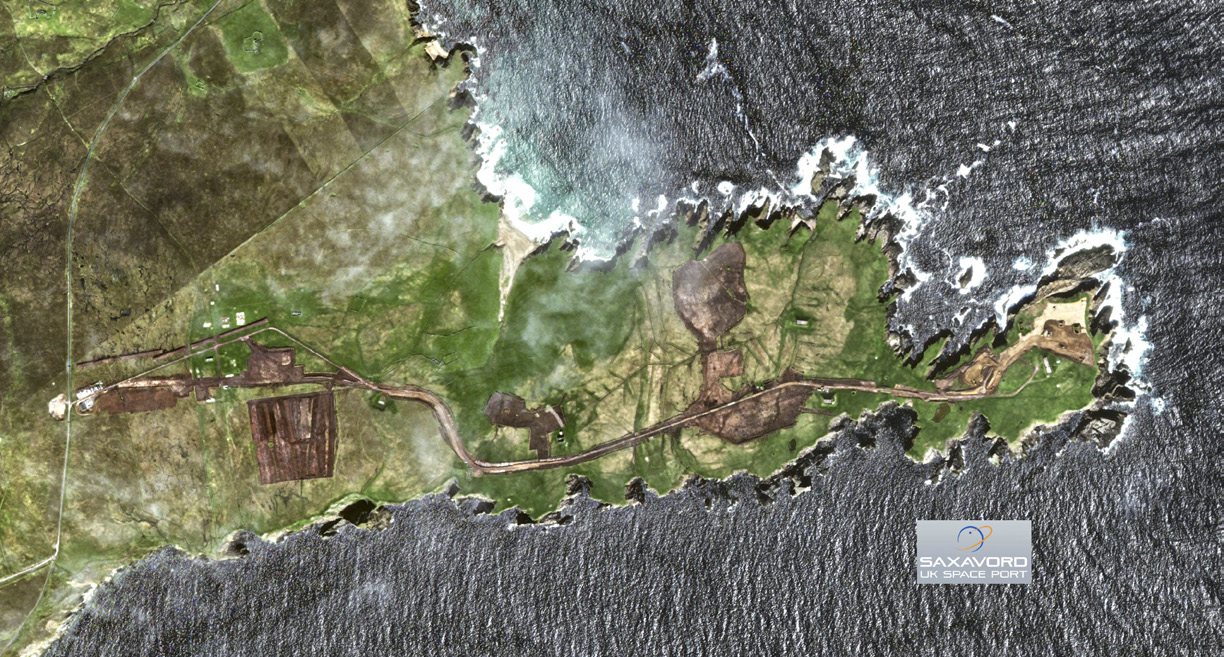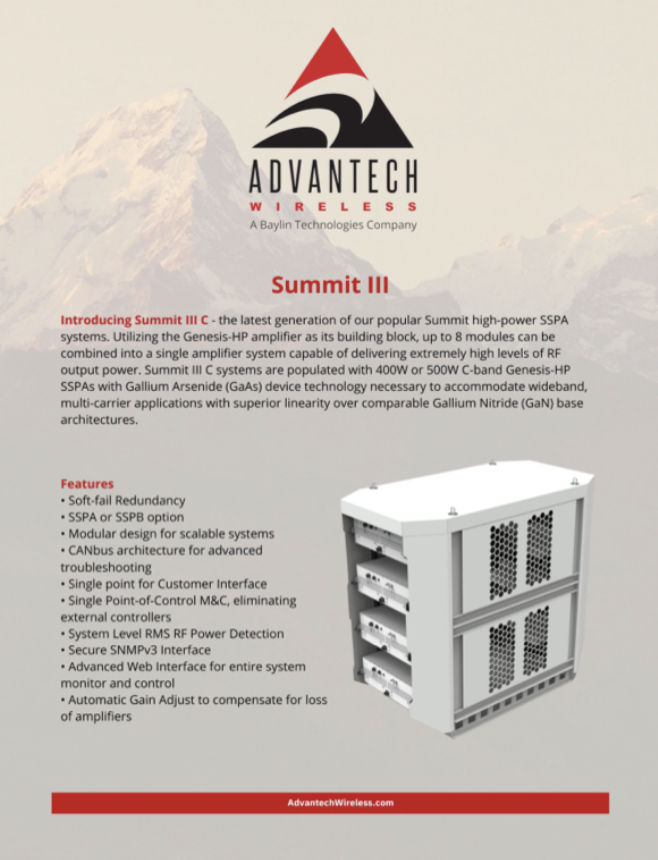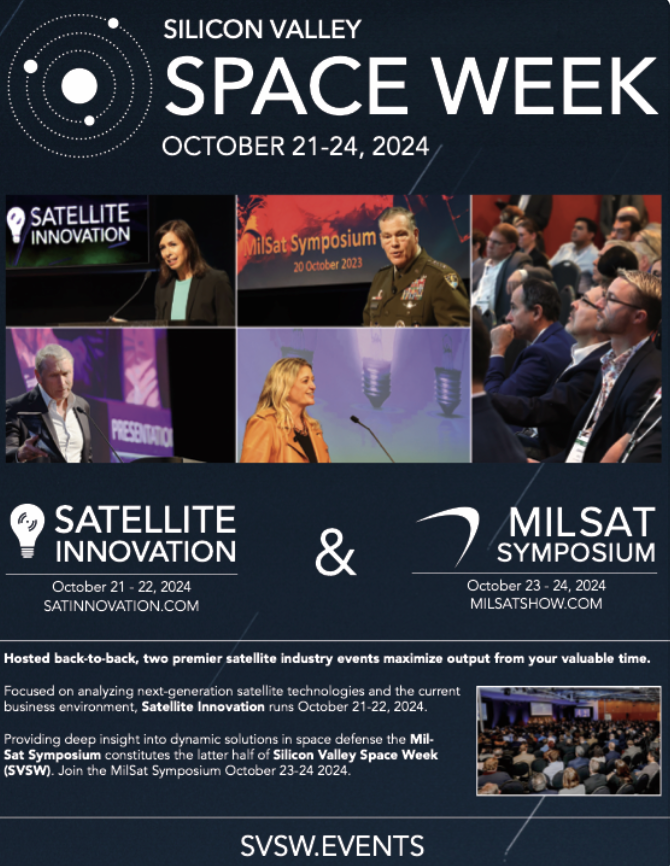In December of 2023, SaxaVord Spaceport in Shetland became the UK’s first, licensed, vertical launch spaceport. The spaceport license was granted only following rigorous safety, security, and environmental assessment by the UK’s space regulator, the UK Civil Aviation Authority (CAA), and paves the way for vertical launch from UK soil later this year. The license permits SaxaVord Spaceport to host as many as 30 launches a year, allowing the spaceport to grow as the UK space sector continues to expand.

The Space Industry Act 2018, with the associated Space Industry Regulations 2021, provides the legal framework for the licensing of space, sub-orbital and associated terrestrial activities. Any organization seeking to operate a spaceport or launch vehicles from the UK is required to apply for the relevant license, which includes undertaking an Assessment of Environmental Effects (AEE).
AEEs must consider the effects from space operations on population and human health, biodiversity, air quality, water, noise and vibration, the marine environment, climate, land, soils and peat, landscape and visual impact and material assets.
Though AEE is just one facet of the license application for a spaceport or space launch operation, due to the nature of the assessment it can become a consuming factor in terms of time and resources. In the case of the SaxaVord Spaceport license, the application was originally submitted to the CAA in November of 2021 and the license was issued in December of 2023.
However, it should be noted that the regulator had only previously issued one spaceport license in November of 2022 to Spaceport Cornwall, for horizontal launches by the now-defunct Virgin Orbit’s LauncherOne air-launch system. As such, the assessment and review process for vertical launch spaceports was entirely new to both applicant and regulator and a lot has been learned in the same timeframe regarding how to streamline the process for any future variations or new applications.
Neither is the spaceport license AEE the final piece of the environmental permitting puzzle. In order for launch, there must also be a corresponding launch operator license; issued to the launch vehicle (rocket) operator and assessing the specific environmental effects of each individual rocket. SaxaVord Spaceport is working with multiple launch partners, several of whom have license applications currently lodged and heading towards final determination with the CAA.
Streamlining The License Application Process
Working as one
The best spaceport license applications are those with breadth and depth enough to ensure that any associated launch operators need only submit specific information exclusive to their launch vehicle. Determining and assessing a ‘representative launch vehicle’ (or ‘RepLV’) to cover the majority of foreseeable launches should result in launch operators having only to submit additional assessments covering very specific elements of their operation, outside the envelope of the RepLV. Likewise, a good launch operator application should reflect the integration and combining of processes and systems with the spaceport, giving the regulator confidence that the two activities provide joint environmental control and mitigation.
Until December of 2023, both elements of this licensing process were being developed simultaneously and so the inter-knitting of the two application processes has been a work in progress. However, now that SaxaVord has secured its license, the RepLV is set and understood by the regulator. Launch operators using vehicles within the SaxaVord RepLV parameters now proceed with greater confidence, anticipating a streamlined AEE process due to the established precedent. While specifics like fuel composition and trajectory still require assessment, the previous evaluation significantly reduces the overall burden.
This is a currently a unique selling point for SaxaVord Spaceport, and a boost for the UK Space industry. As the industry grows and expands, spaceports that proactively review and update their licenses will be well-positioned for success. By offering launch operators the assurance of compliance and bolstering investor confidence, these forward-thinking spaceports will be well-equiped to navigate this dynamic landscape.
Appreciating the process
The CAA’s AEE review process consists of several required stages including initial review (potentially with requests for further information known as RFIs), statutory and public consultation review periods as required, and full, detailed technical review. Each of these stages takes time and needs to occur in sequential order; albeit that RFIs from individual stages may overlap.
Keeping clear records of AEE responses and versions and responding to RFIs in a timely manner will expedite this process and allow the regulator to keep the application moving at pace along the required program.
Knowing your boundaries
While AEE involves the review and assessment of very detailed technical and commercially sensitive data; the process also requires statutory and public consultation and as such, publishing of the assessment findings and recommendations on publicly available websites. Finding the balance between developing a narrative and evidence sufficient to inform the public, and maintaining the commercial confidentiality of detailed design information, has been a key area of learning.
Spaceports and associated launch operators will be best placed when they set and agree clear boundaries on what is and isn’t commercially sensitive at the outset of AEE. This collaborative approach enables the regulator to maintain transparent records throughout the process and everyone can be confident that the final AEE report contains only information suitable for public release.
Identifying + collecting (only!) the correct data for assessment
Each topic of environmental concern requires full and detailed assessment as part of AEE. The CAA has issued ‘CAP 2215 Guidance for the assessment of environmental effects’ which explains the process for completing an AEE, including setting out what the regulator requires the AEE to include. It does not, however, give detailed instruction on the method or required depth of assessment of each individual aspect of the AEE.
From the work completed for the SaxaVord Spaceport and associated launch operator license applications, which has included hours of discussion with the CAA, I have been able to work with my team to develop a tried and tested methodology for UK AEE. However, acutely aware that industry standards should not be formed in isolation, we, in conjunction with the CAA (in particular the Space Launch and Orbit Group), are now looking to involve operators and consultants from across the UK space industry to generate an industry-led complementary suite of guidance to sit alongside CAP 2215 and provide a clear pathway to regulatory compliance. Work has begun on terms of reference for the guidance suite and it is hoped that it will be available to the wider industry group later in 2024.
Future-Proofing Data Collection For Mutual Benefit
As noted previously, spaceports that continuously engage in AEE management throughout their operation gain a distinct competitive advantage. This proactive approach translates to enhanced security during the licensing process, thus minimizing investment risks for launch operators, their supply chains, and ultimately, their payload clients.
The AEE process is rightly very detailed and requires a high level of data on population and human health, biodiversity, air quality, water, noise and vibration, the marine environment, climate, land, soils and peat, landscape and visual impact and material assets. Assuming no change to the RepLV and/or operation of the spaceport, most of these disciplines will stay largely static through the period of any given license. However, for some, continued data collection will undeniably be of benefit to both spaceport and launch operators alike. Ruth presents four key areas for consideration:
Ecology and Biodiversity
Chances are, wherever the location of a spaceport within the UK, there will be specific habitats and ecological receptors around it that will benefit from continued monitoring. Not necessarily due to the effects of space activities
being significant; but rather because there is as yet no UK ecological dataset on the effects of space activities from UK soil at all. When developing the planning and licensing applications, SaxaVord Spaceport and its team looked to the USA for literary evidence in regards to conservation of mammals and, in particular, scheduled and breeding birds. In future, it would be much more beneficial — and efficient — to develop a UK-based dataset and associated literary evidence to support future planning and license applications.
In addition — and again mindful of commercial positioning of spaceports in particular — is the fact that the Chartered Institute of Ecology and Environmental Management (CIEEM) best practice guidance on bird surveying states that, “to help ensure that bird data are reliable and not too dated we advise that it should have been collected within the last five years, or within three years if the populations of key species are believed to be changing rapidly.” As such, any spaceport which maintains a record of ornithological activity in its surrounding area will be better placed to discuss and advise potential future launch operators on the likely significance of any effects.
Debris and the marine environment
A requirement of the CAA spaceport and launch operator licenses issued so far is to record and submit details of actual debris amounts (based on launch vehicle parameters) reaching the marine environment and their fate for each launch.
While launch operators will likely be the primary source of this data, the inclusion of this condition in spaceport licenses is possibly to ensure the collation of data that may one day support policy decisions on whether spaceflight activities can be more loosely regulated in terms of marine impact within the UK exclusive economic zone, as is currently seen in New Zealand. Whichever way the UK chooses to go in the future on this; keeping and maintaining detailed records of the volume and nature of jettisoned material will be critical to maintaining space operator licenses.

Noise and Vibration
Launching rockets is inherently noisy; the source level of a rocket is higher than that of the engines of commercial and even military aircraft. However, in comparison to air traffic movements at civilian or military airports, rocket launches are very infrequent. In addition, timings are generally known well in advance such that local residents can be informed and prepare accordingly.
The community perception of noise impacts associated with the spaceport will depend on how favourably people view the spaceport, so good community relations will be essential. Gathering survey data on how people feel about noise from launches will be an important part of the environmental and social responsibilities of the spaceport operator.
For ecological receptors, while evidence from the US suggests species habituate to the temporary noise from launches, there is no equivalent dataset available in the UK. As such, collection of data (likely via video evidence and noise monitoring) of the reaction of different species to UK based launches would be beneficial. Data on the reactions of ecological receptors to different levels of noise could then be used to inform the likelihood of disturbance of ecological receptors associated with different scales of launch vehicle and/or at different times of year.
Greenhouse gas emissions
Requiring cooperation and input from both spaceport and launch operators, another standard monitoring condition requires submission of “calculated actual greenhouse gas emissions for [each] launch.” Paying heed to the established agreement of handling commercially sensitive information, a spaceport-held and maintained database of launch vehicle emissions can support the spaceport’s net zero carbon strategy as well as benefit terrestrial carbon accountancy. This data can further enable comparisons and facilitate scenario planning for future launches by both the spaceport and the regulator.
Following several years of dedicated work, the UK space industry is collectively well on the way to having a robust yet accessible regulatory assessment mechanism and has already identified many of the key areas of future study.
UK space activity operators find themselves uniquely positioned to lead on environmental control and mitigation within this new and burgeoning industry and getting pragmatic, professional and trusted support from technical advisors, gives all parties the opportunity to work collectively to set the standard for safe, secure and sustainable practices.
On the basis of what has been achieved so far, there are no boundaries and the future —of both the industry and, through its dedicated custodianship, our planet — looks bright.
www.itpenergised.com

Ruth Fain
For the last five years, author Ruth Fain, head of advisory for environmental consultancy, ITPEnergised has worked with SaxaVord Spaceport,associated launch operators, local authorities, statutory consultees and the CAA to identify and navigate a pathway to environmental consenting through the (terrestrial) planning and space licensing processes. With SaxaVord Spaceport now licensed for launch and multiple launch operators’ applications in the final stage of determination, much has been learned in terms of identifying best practice, streamlining application processes and minimizing impact on launch operation project programming.



